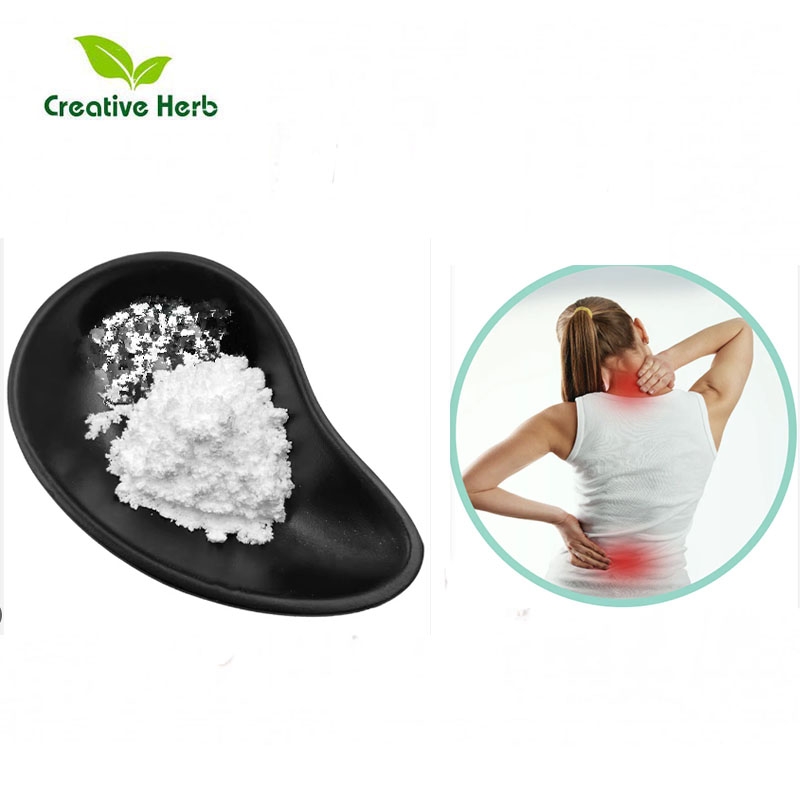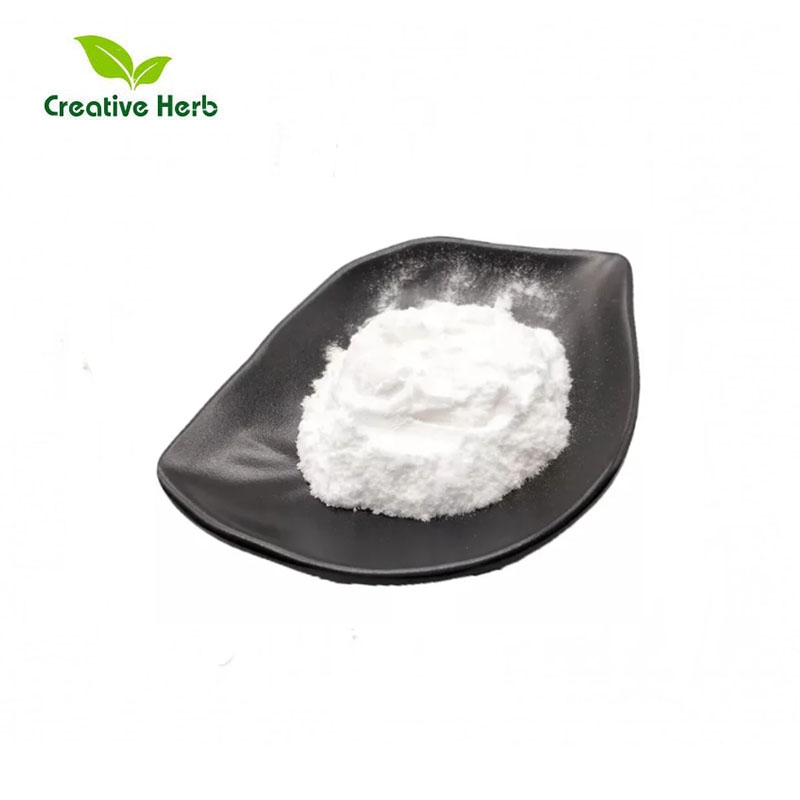In addition to opium, rat hair, beaver anal secretions, what else can you find in food?
-
Last Update: 2019-05-14
-
Source: Internet
-
Author: User
Search more information of high quality chemicals, good prices and reliable suppliers, visit
www.echemi.com
May 14, 2019 / BIOON / - recently, French diners have eaten more than they expected, because poppy seed baguette was found to contain a dose of opium, which may lead to a new extreme for people to nap after a meal In addition to narcotics, there are many surprises in daily food that you may not be aware of Here are some less popular ones Have a good appetite When it comes to food, "natural" is usually a synonym for "good" But some natural products are a little disgusting For example, a natural condiment called beaver fragrance is a thick, odorous secretion extracted from the anal glands of beavers It is used to spice up some dairy products and desserts In the late 19th century, beavers were hunted to extinction in order to obtain this ideal food additive and fragrance Fortunately, German chemists have found that vanillin, one of the main components of vanilla, can be extracted from inconspicuous conifers At present, synthetic vanillin accounts for 94% (37286 tons) of all vanilla seasonings in the food industry, and natural vanilla essence accounts for the rest 6% Beavers can breathe a sigh of relief Their contribution to the food industry now accounts for only a small part of natural vanilla flavor, and is often restricted to high-end foods and beverages Photo source: http://cn.bing.com another natural ingredient that may make you sick is rennet It usually comes from the mucous membrane of the fourth (true) stomach of small ruminants, such as calves, lambs and goats Enzymes break down milk into curds and whey - a key stage in the manufacturing process Although alternatives (from molds, bacterial fermentation and plants such as nettles and ivy) are becoming more common and even more palatable, traditional rennet is still in use today Allow food defects We live in an unprecedented era of health We hope that our food contains only the ingredients indicated on the package But anyone who forages in the wild will know that nature likes to share its rich resources It's no surprise that a bite at a freshly picked apple will reveal the remaining half (probably very depressed) of the insects Our basic food doesn't grow in sterile conditions, so our diet is full of unexpected side dishes, including soil, rodent hair, feces, molds, parasites and, of course, insects The United States acknowledged the simplicity of food production by publishing the defect levels Handbook This manual defines the acceptable (non hazardous) levels of these undisclosed foods For example, two cups of cornmeal may contain up to five whole insects, 10 insect fragments, 10 rodent hairs and 5 rodent manure fragments Of course, this will give you a correct understanding of the half eaten apple Photo source: http://cn.bing.com heavy metal pollution Lewis Carroll's fictional Mad Hatter image may have been inspired by an occupational disease caused by the exposure of hat workers to mercury and its salts during the "carbonation" process This is usually used for the fur of small animals, such as beavers, to make the fur softer Beavers obviously did not have a better 19th century, but the impact of mercury on hat makers was almost devastating Half of the working population was affected by mad hat disease The signs and symptoms of mad hat makers included irritability and excitability, muscle spasm, loss of teeth, nails and hair, lack of coordination, confusion, memory loss and death Although mercury has been eliminated in most industrial processes, it is still an important air and water pollutant In fact, the discharge of industrial waste from the southern coast of Japan has led to the consumption of seafood containing methylmercury, which is the most toxic mercury Because of this, thousands of people have become victims of Minamata disease How can seafood become so toxic? The answer lies in an effect called bioaccumulation, in which the concentration of a substance can increase significantly with each step of the food chain So the next time you eat tuna steak, try not to get too impatient or excited because it contains mercury Natural pollutants although mercury, lead, cadmium, arsenic and other pollutants often appear as food pollutants in the news headlines, but nature's storerooms unexpectedly contain a lot of toxins Many members of Rhododendron, a flowering plant, secrete gray toxins in nectar These neurotoxic substances are collected by bees Bees will continue to make honey Eating this honey will lead to human suffering from "crazy honey disease" This unusual pollution can cause hallucinations, nausea and vomiting When we think of food poisoning, we seldom think of flowers, but azalea indirectly led to the paralysis of the whole army True flower power! Photo source: http://cn.bing.com natural killer for centuries, pickles and preserves have been used to extend the shelf life of food in winter Unfortunately, poor food preservation promotes the growth of Botox Botox can produce the most toxic substances in the world, collectively known as botulinum toxin, some of which are fatal at a dose of 2ng, that is, one in two billion grams From this point of view, the average lethal dose of potassium cyanide is about 0.1g Eating contaminated food can lead to botulism, which prevents the nervous system from working properly Accordingly, this condition is characterized by general muscle weakness, eventually paralysis and death It is often found in honey that spores of Botox are relatively harmless to most people, but the immune system of infants is relatively ineffective to these bacteria, which may lead to a related disease called infantile botulism In fact, that's why many government agencies recommend not giving honey to children under one year old Reference materials: [1] opum, rat hair, beaver anal secrets – and other securing things you might find in food [2] food defect levels Handbook [3] botulism [4] Mammalia Part 22 [5] global vanilla and vanillin market trends, share, size, growth, Opportunity and Forecast Report 2019-2024 【6】 French poppy seed bread found to contain dangerous levels of mor phine
This article is an English version of an article which is originally in the Chinese language on echemi.com and is provided for information purposes only.
This website makes no representation or warranty of any kind, either expressed or implied, as to the accuracy, completeness ownership or reliability of
the article or any translations thereof. If you have any concerns or complaints relating to the article, please send an email, providing a detailed
description of the concern or complaint, to
service@echemi.com. A staff member will contact you within 5 working days. Once verified, infringing content
will be removed immediately.







